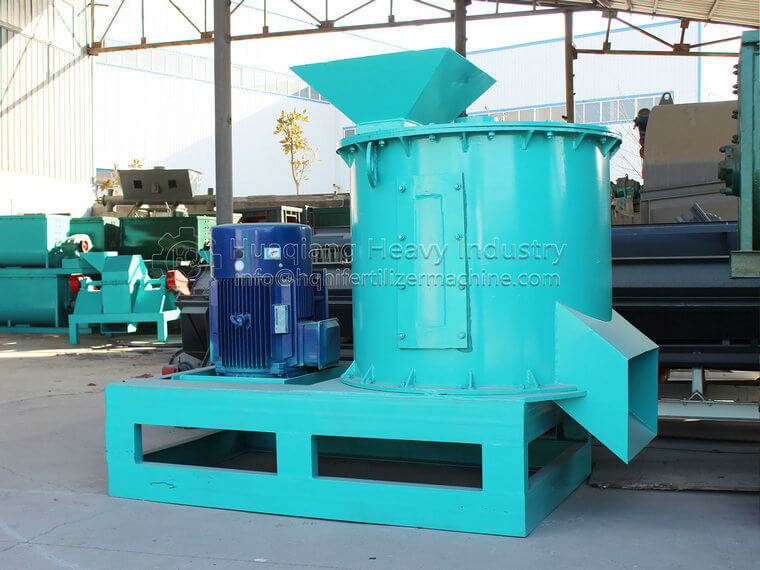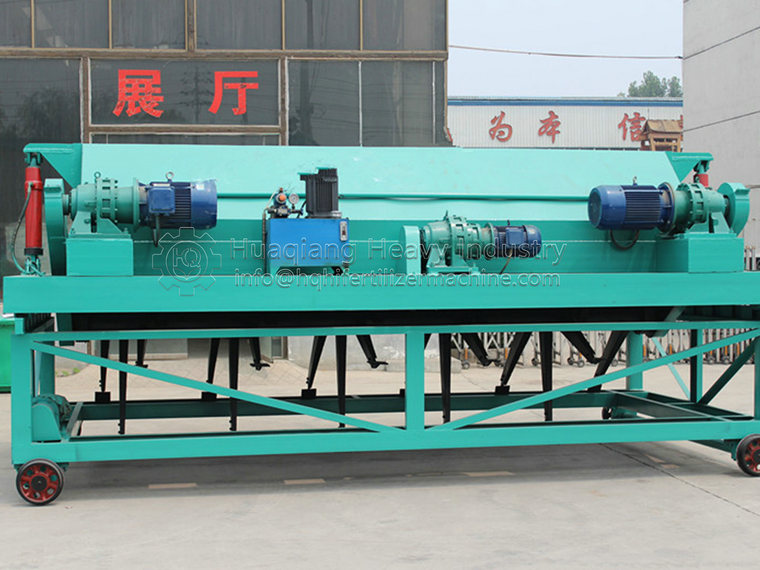Rotary Drum Granulator improves the appearance of organic fertilizer production line products
The main function of organic fertilizer production line is to treat livestock manure and crop straw, so that these materials can not pollute our living environment, which is the use of organic fertilizer processing equipment.
If organic fertilizer processing equipment manufacturers want to develop the organic fertilizer production line in a good direction, they need to improve the quality of organic fertilizer equipment and improve the appearance and use effect of organic fertilizer products. In this way, the organic fertilizer production line can satisfy the users with good quality, and can cooperate for a long time.
The quality of the equipment itself is the foundation if the company wants to develop in a good direction, and only by laying the foundation can it take a step forward. The particle rounding machine is based on the NPK fertilizer granulator, which greatly improves the practical effect of organic fertilizer particles.

The practical effect of the organic fertilizer particle shaping machine is very strong, and it has the following characteristics:
1. The fertilizer output is high, and it can be used with one or several fertilizer granulators at the same time, which solves the complicated process, large equipment investment, and multiple equipment caused by the past that a fertilizer granulator must be equipped with a rounding machine. Disadvantages such as inconsistent quality of finished products.
2. The machine is composed of two or more throwing cylinders arranged in sequence. The materials are discharged from the discharge port after being rounded for many times. The finished product has the same particle size, large density, roundness and smoothness, and high yield.
3. The appearance of organic fertilizer particles is beautiful, and the equipment structure is simple, safe and reliable.
4. The organic fertilizer machine is easy to operate and maintain, and can be operated according to the instructions. Anti overload ability, can adapt to all kinds of environment work.
5. The raw materials after fermentation can directly produce spherical granular organic fertilizer without drying, which does not need frequent manual operation.





.jpg)


.jpg)